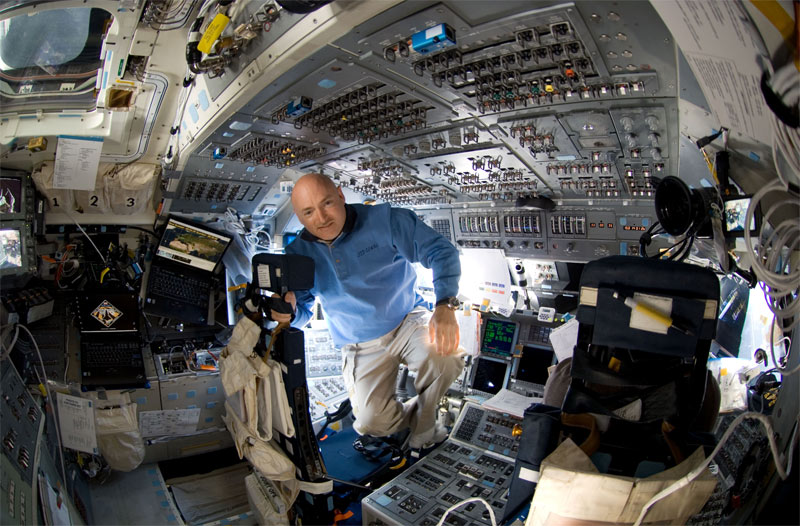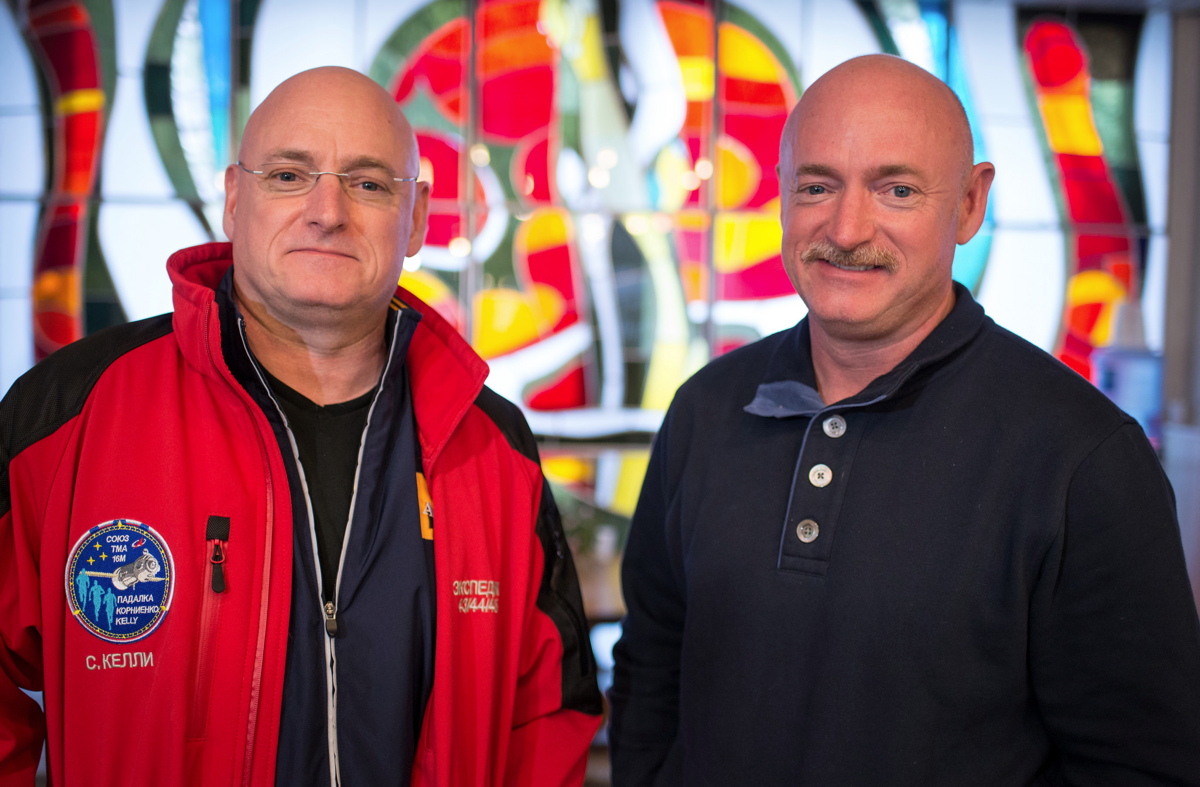Astronaut Mark Kelly: Biography

Mark Kelly is an astronaut who has flown four times in space, although he is best remembered for commanding the second-to-last shuttle mission. He is also one-half of the only set of astronaut twins who have flown into space; both Kelly and his brother, Scott, were selected by NASA in 1996.
Late in Kelly's NASA career, he rose to international prominence for reasons outside of space exploration. His wife, then-Rep. Gabrielle Giffords, was shot in the head on Jan. 8, 2011, during a meeting with constituents. Giffords survived the shooting and was in rehabilitation when she attended Kelly's last launch on May 16, 2011 — just five months later.
Early life
Kelly grew up in West Orange, New Jersey, and was 5 years old when Apollo 11 took people to the moon's surface for the first time. Kelly said in a NASA 2011 pre-flight interview that he remembered the later missions more, but it seemed "completely out of the question" for "some kid from New Jersey," even though his town was adjacent to another town where Apollo 11's lunar module pilot, Buzz Aldrin, grew up.
At 18, he graduated from high school and went to the U.S. Merchant Marine Academy, then progressed to flight school. He was a part of the Persian Gulf War during Operation Desert Storm in 1991, flying the A-6 Intruder for 39 combat missions. Afterward, he attended graduate school and the U.S. Naval Test Pilot School, where he later became an instructor.
"Once I was flying airplanes off the aircraft carrier and later decided to become a test pilot and went to graduate school, I thought, maybe somebody like me could have that opportunity [to become an astronaut], so, I started thinking more seriously about it," Kelly said.
Early flight experience
Kelly's twin brother, Scott, also had designs to join the astronaut program, so both applied to join the class of 1996. Both were selected on their first try. While the men never flew together, between them they were on eight spaceflights. Both spent time on the International Space Station as well; in 2016, Scott Kelly concluded 346 consecutive days (almost a year) in space, setting a record for U.S. human spaceflight.
Kelly first flew into space on STS-108 in December 2001 as Endeavour's pilot. The crew's major task was to transfer three tons of equipment and supplies to the space station, but they ended up spending some extra time in space. That was to help fix up a treadmill on station and also to replace a failed compressor on an air conditioner in the Zvezda service module.
Breaking space news, the latest updates on rocket launches, skywatching events and more!
He returned in July 2006 as pilot for STS-121 Discovery, which was the second flight after the Columbia space shuttle was lost in 2003. These "return to flight" missions were shakedowns to determine whether the shuttle was functioning correctly with new hardware modifications, such as a camera to scan for broken tiles on the shuttle's belly. The crew also transferred supplies to the ISS.
Kelly's first command was STS-124 Discovery in 2008. Its main goal was to bring up the Kibo pressurized module and its robotic arm, but another urgent task came up at the last minute — bringing a new toilet part to the ISS to fix what was then the only toilet on station. (Today there are two toilets.)
Last spaceflight
In the same 2011 NASA pre-interview, Kelly said that he still felt like he was a test pilot at NASA even though the shuttle program was decades old, and on the eve of retirement. That's because STS-134, his last mission, took place after only 134 flights. Also, 14 astronauts died aboard space shuttles: seven on Challenger (1986) and seven aboard Columbia (2003).Last spaceflight
"It's still more or less in a test program even though we've been flying it for nearly 30 years now," Kelly said. "So it's like the ultimate test job."
His last six months of training had a major distraction, however, when his wife was shot in Tucson. Kelly left Houston immediately to be at her side; according to his book, "Gabby: A Story of Courage and Hope" (Scribner, 2011), while en route he heard media reports that his wife had died. Giffords was disabled by the shooting, but after a few weeks of rehabilitation, Kelly determined he could still proceed with the launch. He added that some at NASA weren't sure he could do it, but he pulled through.
STS-134's major objective was to install the Alpha Magnetic Spectrometer — a particle physics experiment to hunt for cosmic rays and evidence of dark matter — on the outside of the space station. The shuttle also brought up a load of spare parts (a necessity as the program was concluding shortly), and crewmembers performed four spacewalks.
Kelly told NASA he is proud of the shuttle's legacy, and especially Endeavour (which both he and Scott) flew. "Without the space shuttle, International Space Station would not be what it is today. I mean, we would not have been able to build the space station. So I think it's somewhat fitting that the end of the shuttle era is being finished with the assembly of the space station, and the utilization part for the next 10 or 15 years."
After returning to Earth from his last, 15-day mission, Kelly retired. His affiliation with NASA continued, however, when he agreed to act as the "control" in a study to see how Scott Kelly's body reacted to a year in space. The "twin study" was a unique opportunity for researchers to see how the genetics of the body could change when flying into space. Results are being analyzed as of 2016.
Additional resources
Join our Space Forums to keep talking space on the latest missions, night sky and more! And if you have a news tip, correction or comment, let us know at: community@space.com.

Elizabeth Howell (she/her), Ph.D., was a staff writer in the spaceflight channel between 2022 and 2024 specializing in Canadian space news. She was contributing writer for Space.com for 10 years from 2012 to 2024. Elizabeth's reporting includes multiple exclusives with the White House, leading world coverage about a lost-and-found space tomato on the International Space Station, witnessing five human spaceflight launches on two continents, flying parabolic, working inside a spacesuit, and participating in a simulated Mars mission. Her latest book, "Why Am I Taller?" (ECW Press, 2022) is co-written with astronaut Dave Williams.


